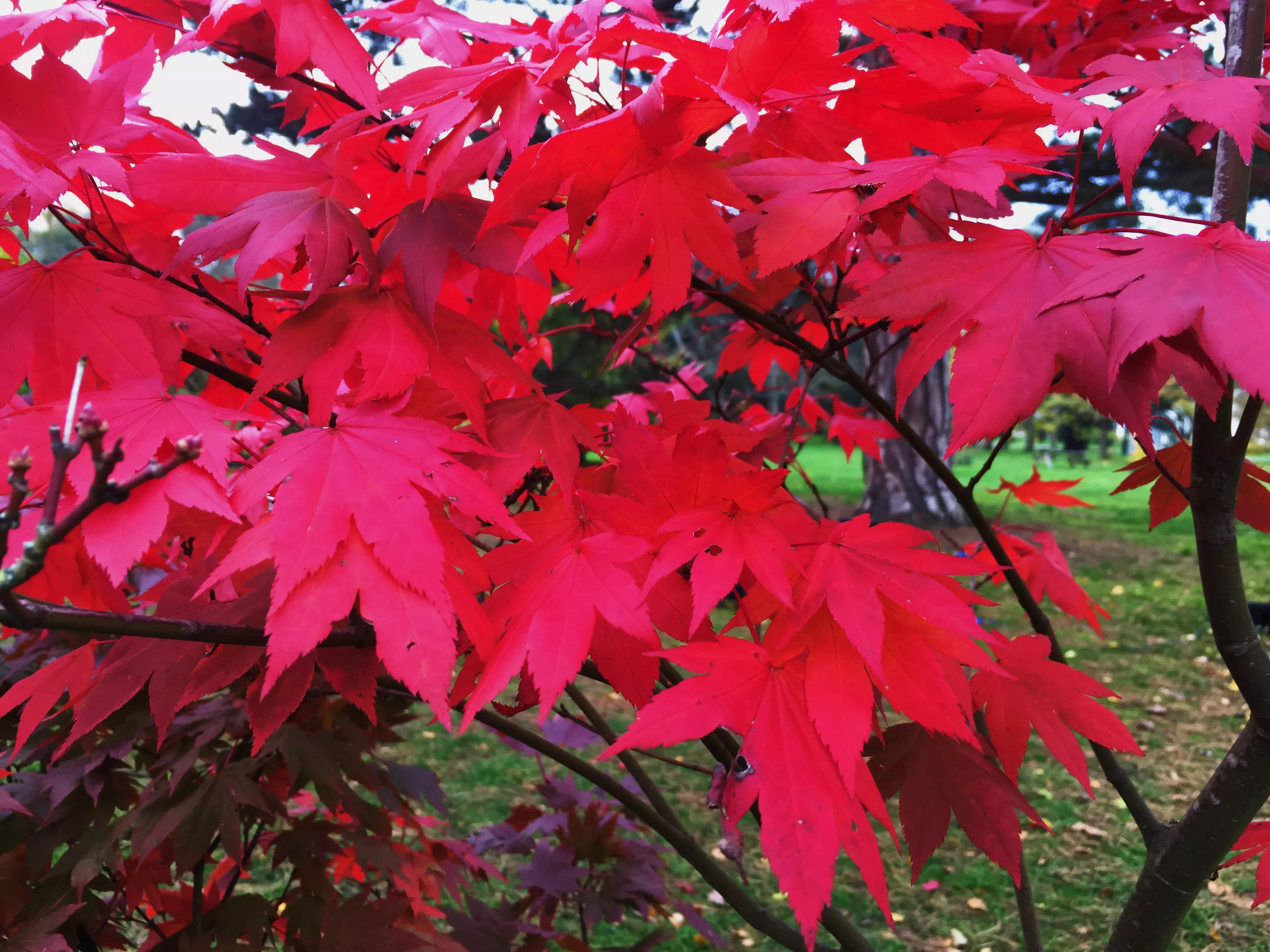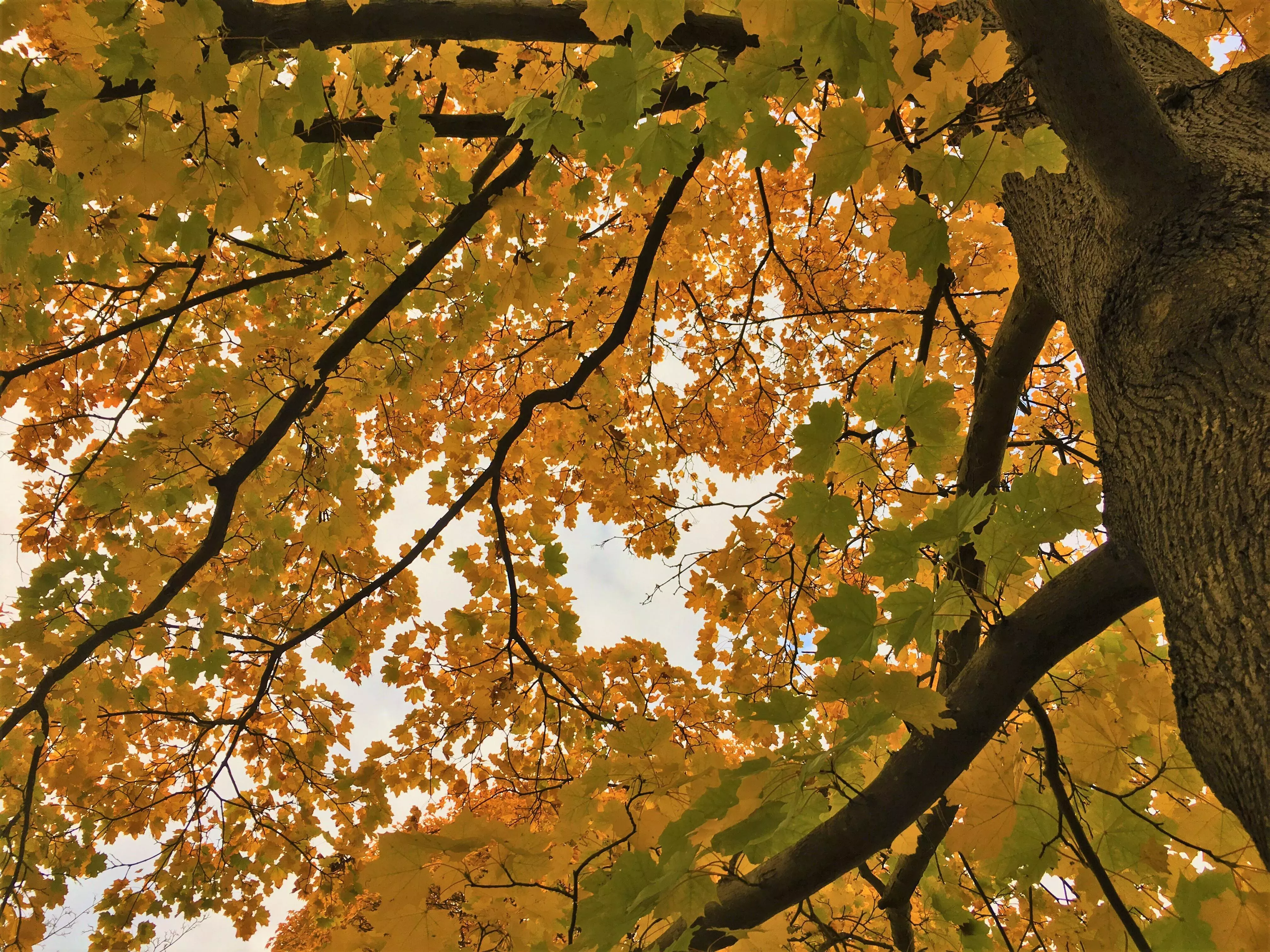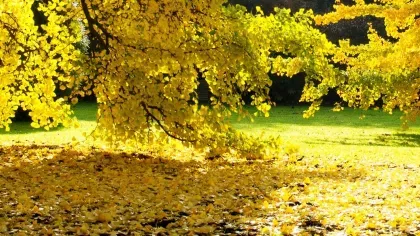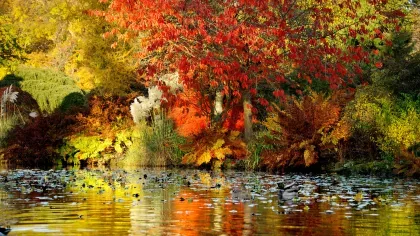13 November 2019
In Pictures: Autumn colour at Kew
Behind the beauty of this season, a chemical process is happening as the trees ready themselves for winter.

With around 14,000 trees spread throughout the Gardens, don't miss our spectacular autumn display.
We take a look at the chemical process taking place that transforms the landscape this season.
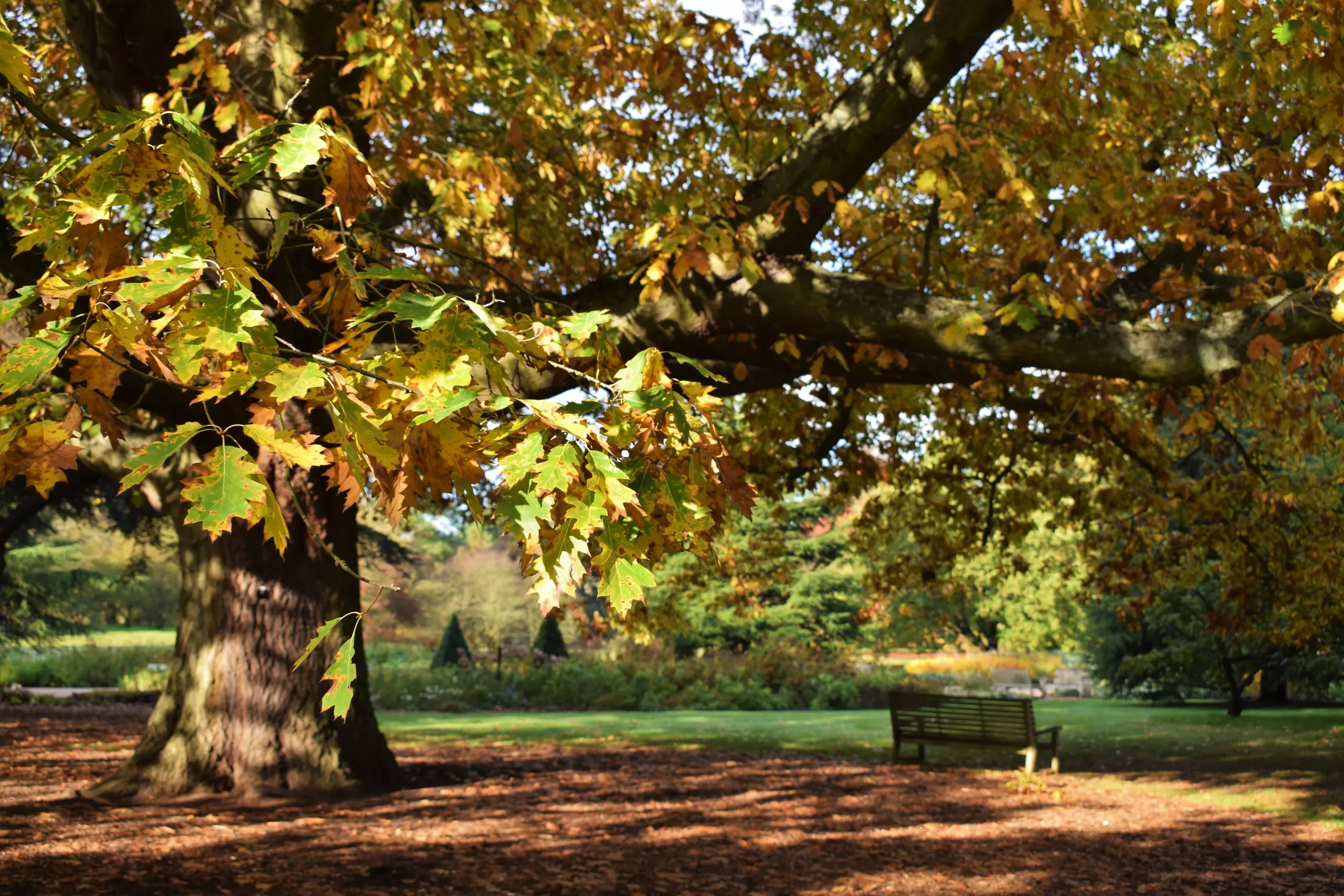
Why do leaves change colour?
Trees, like most plants, produce sugar from the sun's energy to live and grow (a process called photosynthesis). They use a green pigment called chlorophyll to absorb sunlight.
This process happens in the leaves, which have lots of chlorophyll in them.
When trees change colour in autumn, chlorophyll is broken down in the tree’s leaves and recycled, revealing stunning orange and yellow pigments.
The trees eventually lose their leaves and reclaim valuable chemicals from them, which helps them conserve water and energy through the winter months.
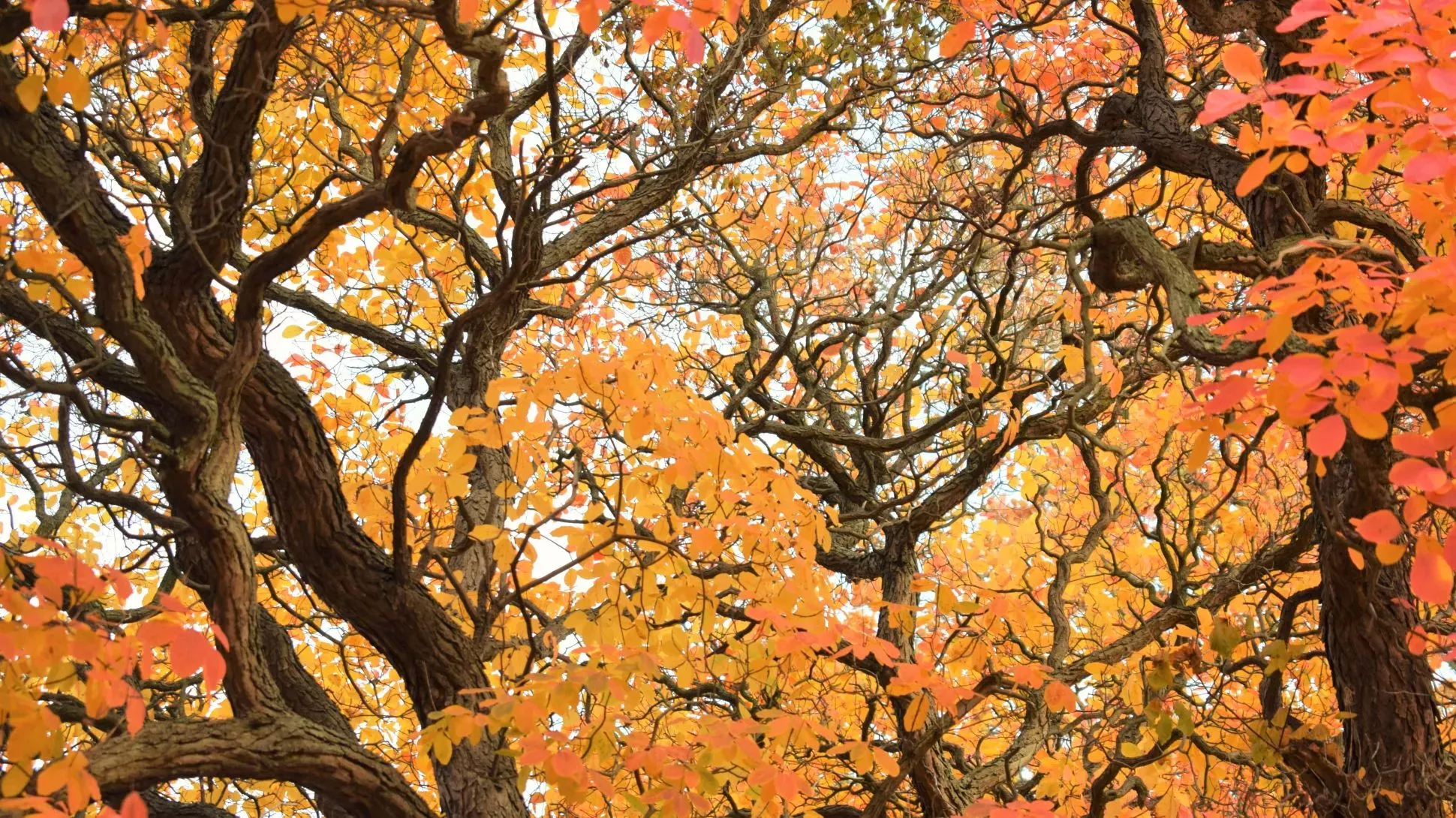
The power of hormones
Did you know that hormones in plants trigger this leaf-shedding process?
As the days get shorter, the amount of sugar generated by photosynthesis reduces. Trees can sense this change, and can tell from the longer nights and colder evenings that winter is on its way.
This is when the hormones kick in.
Hormones are chemical messenger molecules, which help organisms respond to stimuli in their environment. The tree's hormones send messages between the cells which prompt the leaves to drop.
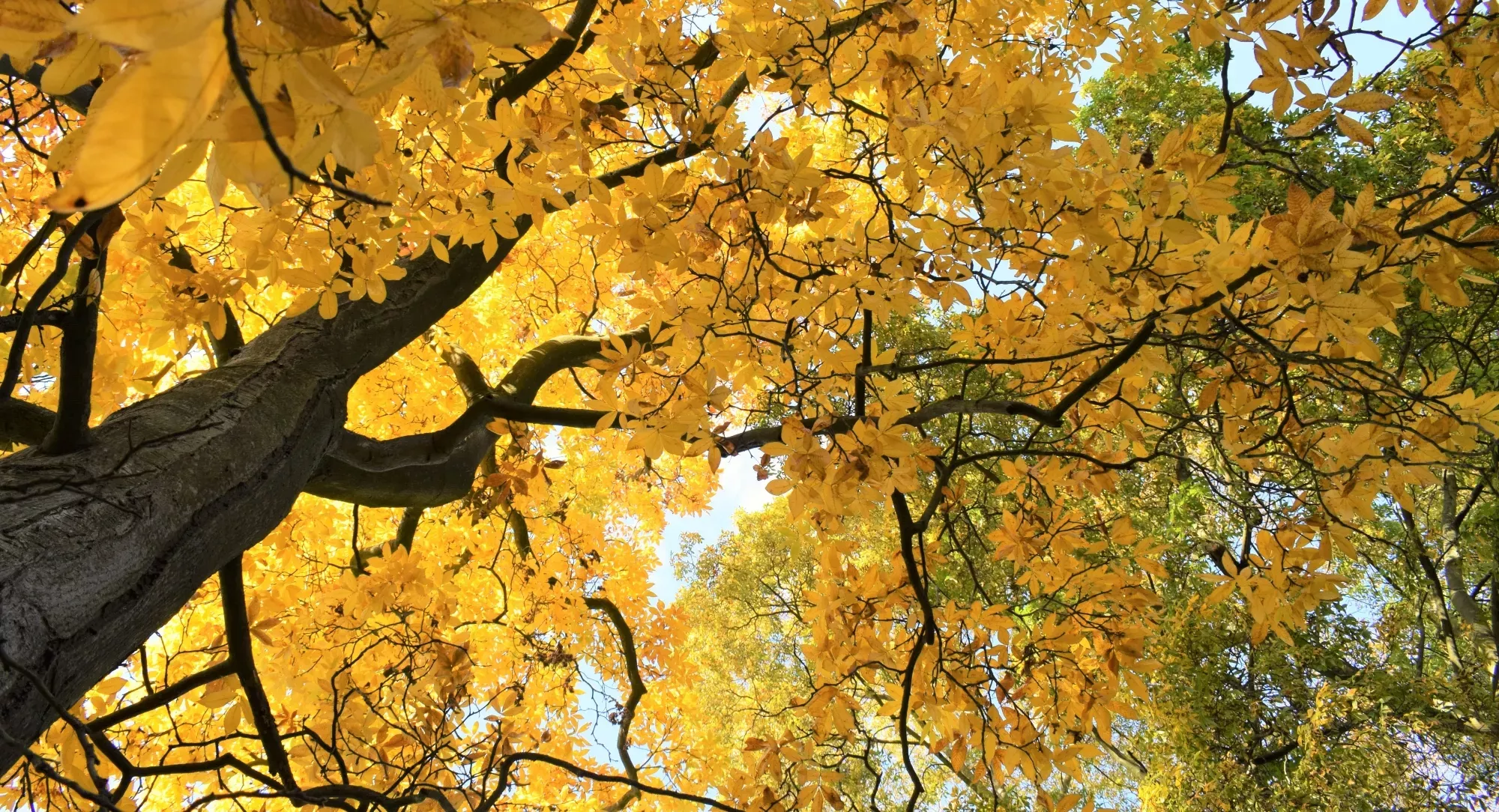
Hundreds of shades
Trees turn different colours because of different compounds in the leaves. The exact mixture of compounds varies between species, so the degree of yellow or red colour in the leaves is different.
The compounds responsible for these colours include yellow flavonols, orange carotenoids and red to purple anthocyanins.
Head down to the maple collection near the Shirley Sherwood Gallery of Botanical Art, which is a great example of a rainbow of different shades. Look out for the distinctive leaves of the maple tree, which has five finger-like points.These trees are well-known for their sap, which are tapped for yummy maple syrup.
